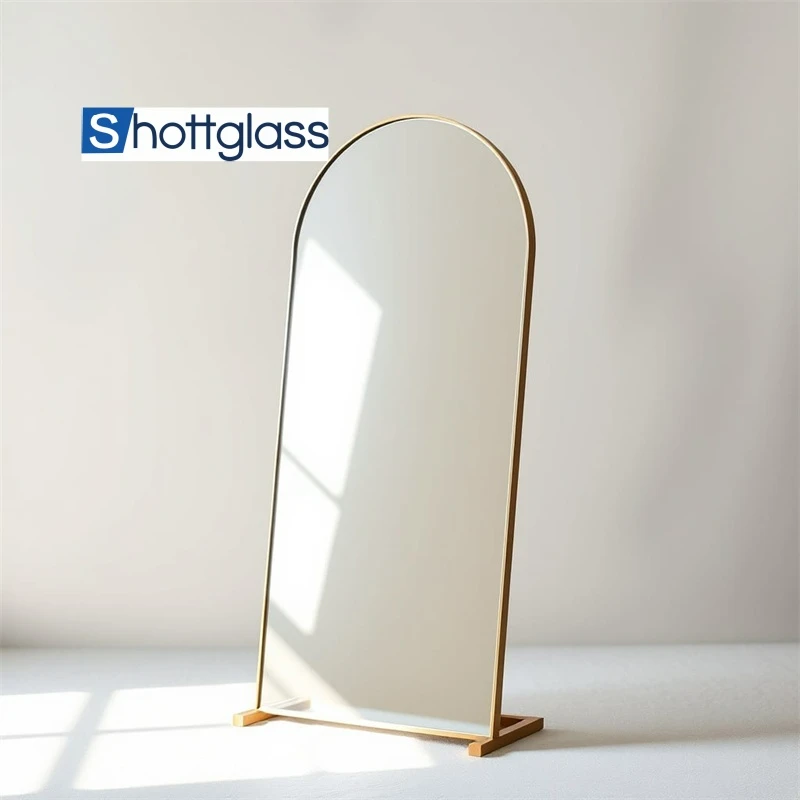Nov . 21, 2024 10:01 Back to list
Tempered Laminated Glass
Introduction
Laminated safety glass, a product that combines strength, durability, and safety, has become a preferred choice in various industries, including construction, automotive, and marine sectors. This article delves into the world of tempered laminated glass, exploring its manufacturing processes, key manufacturers, wholesale options, and pricing strategies to help you make informed decisions.
Key Features of Tempered Laminated Glass
Tempered laminated glass offers unparalleled safety and strength due to its unique composition. It consists of multiple layers of glass bonded together with a polymer interlayer, which significantly enhances its resistance to impact and penetration. This makes it an ideal choice for applications requiring high safety standards, such as in commercial buildings, high-rise structures, and vehicles.
Safety and Impact Resistance
The primary advantage of tempered laminated glass is its ability to maintain structural integrity upon impact. Unlike traditional glass, which shatters into sharp shards, tempered laminated glass breaks into smaller, less dangerous pieces, reducing the risk of injury. This feature is particularly crucial in environments where safety is paramount, such as in the automotive industry and in the construction of public buildings.
Durability and UV Protection
Laminated glass also offers superior durability and UV protection. The interlayer between the glass panels effectively blocks harmful ultraviolet rays, preventing fading of interior furnishings and materials. This makes it an excellent choice for commercial and residential applications, especially in areas with high sunlight exposure.
Versatility in Design and Aesthetics
Another significant benefit of tempered laminated glass is its versatility in design and aesthetics. It can be customized to suit various architectural styles and requirements, including tinting, etching, and decorative patterns. This flexibility allows for the creation of visually appealing and functional spaces, enhancing both the aesthetic appeal and the functionality of buildings.
Manufacturing and Key Players
Manufacturing Process
The production of tempered laminated glass involves several key steps:
- Glass Manufacturing: Starting with the production of high-quality glass sheets, which are then cleaned and inspected for defects.
- Lamination: The glass sheets are placed between two layers of a polymer interlayer, typically PVB (PolyVinyl Butyral), under high pressure and heat to bond them together.
- Tempering: The laminated glass is then tempered to increase its strength and resistance to thermal and mechanical stress. This process involves rapid cooling after the lamination process, resulting in a glass that is four to five times stronger than annealed glass.
Pricing Strategies and Market Trends
The pricing of tempered laminated glass varies based on factors such as the quality of the glass, the size of the order, and the specific requirements of the application. Here are some key factors to consider when evaluating the cost:
- Material Costs: The cost of raw materials, primarily glass and the interlayer, significantly influences the overall price.
- Production Costs: The complexity of the manufacturing process, including the lamination and tempering steps, adds to the cost.
- Customization: Specialized requirements, such as custom sizes or decorative patterns, can increase the cost of the product.
Market trends indicate a growing demand for tempered laminated glass, driven by its safety benefits and versatility. As technology advances, we are exploring new materials and processes to enhance the performance of laminated glass, leading to potential price fluctuations based on innovation and supply chain dynamics.
Conclusion
Tempered laminated glass offers a robust solution for applications requiring high safety standards and durability. From its manufacturing processes to the involvement of key players and wholesalers, the industry is poised for growth, driven by technological advancements and evolving customer needs. As the demand for safer and more aesthetically pleasing glass solutions continues to rise, the market for tempered laminated glass is expected to expand, offering exciting opportunities for manufacturers, wholesalers, and consumers alike.
-
Types of Reflective Glass
NewsNov.17,2025
-
What Is Dichroic Glass?
NewsNov.17,2025
-
Smart LED mirrors can have touch controls
NewsNov.17,2025
-
Laminated glass improves energy efficiency
NewsNov.17,2025
-
Insulated glass enhances building comfort
NewsNov.17,2025
-
Acid etched glass offers elegant privacy
NewsNov.17,2025
Related PRODUCTS














